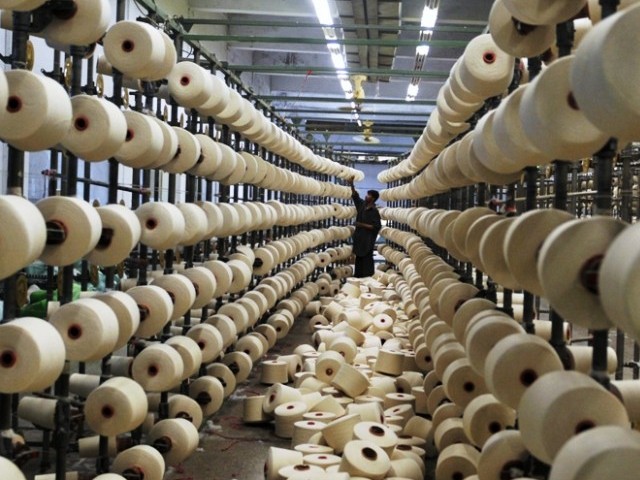Technology came along into the industries along with the Industrial Revolution. Through generations till date, the same is got carried and eventually got passed off from one generation to another, techniques changed with the course of time, but the idea of implementing technology in industries did not actually change. The same became the principle while its application happened to spread up its wings. Initially textile industries thrived on hand woven techniques, which needed huge labor and was even a time consuming task, but with the aid of technology, and newly designed machineries, the textile industry had its make-over with infrastructural changes, and got mechanized to serve its purpose fruitfully.
Initial days:
Initially the only machineries that emerged up to serve textile industries are the spinning and weaving machines. These were machines with limited facilities, and hence, the person who is actually using it had to put up a lot of effort to have results with full accuracy and precision. Spinning and weaving were even done in the house-holds, to run houses and satisfy the domestic needs, eventually, this got transformed when various small scale industries cropped up, which even got better day after day.
Spinning Jenny:
The next development occurred in England, a machine called Spinning Jenny was invented, and this machine had a number of spindles. It worked on the same principle like the former one, this was a wooden machine, in which the user has to entangle the fibre into the spindles and then would have to pull it out, which would create the desired product.
Water Frame:
The next one was Water Frame, which was developed, in England. The design that it used was a somewhat copy of the previous one with four spindles instead of a multiple one. It had a water frame attached with an absolute four pair of rollers that remain coupled to each other. The person using the same had to rotate the frame to which spindles remained embedded. It had a better rotating speed, much better than the above mentioned ones. Though this machine served a lot, but still it has numerous drawbacks. Drawbacks as in, the spindles had lesser space or separations which actually made the fibers to entangle amongst each other and eventually break. This rupturing of fibres actually hampered in the process of making clothes. The next drawback is that it actually had a great weight and interfered with its carriage from a place to another, and the last thing is that the machine was costly indeed and was out of reach of a lot of people. All these negativities interfered with the popularity of the machine.
Spinning Mill:
The next big thing was the Spinning Mill. It actually made use of the combinations of Spinning Jenny and Water Frame. It had spindles that were spread along a carriage. This was operated in a sequential manner. After this operation, the rollers that remained attached to the spindles, stopped working and the carriage moved away from the rollers and again the spindles used to start rotating. This process was to be carried on and on and on. This machine actually gave fruitful results in producing fine threads with absolutely low costs unlike the ones that were driven with the aid of the hands of the skilled labors. Even the thread that used to get spun on this machinery had a huge demand in the market and brought about zillions of profits to the textile industries in Europe.
Cotton Gin:
The next big device that created a huge hustle and bustle in the market was Cotton Gin. It was an inexpensive device; it has the capabilities to remove cotton seeds even.
The major alterations in the textile industry came along with the twentieth century. Various new polymers were invented that proved helpful in deriving fibres. As scientific researches, inventions and innovations took place, the idea of inventing newer ways to manufacture clothes even got enhanced. Synthetic fibres came into existence, even silk was made to react with various chemicals to make newer fibres and even dying came into practice in order to alter the regular pattern of clothes. Sweat shops were created. Woolen fibres were even made to react with polymers to have a productive result that would suffice the demand.
In the current twenty first century, with the aid of newer knitting devices, and textile mills, the textile industry has greatly flourished. About eighty percent of the market is occupied by the textile industry. Each day newer apparels are made each of them to serve and suit a different purpose.
About The Author: Alia is a writer/blogger. She loves writing travelling and reading books. She contributes to 360 rundgang. Check here for more on rundgang.

